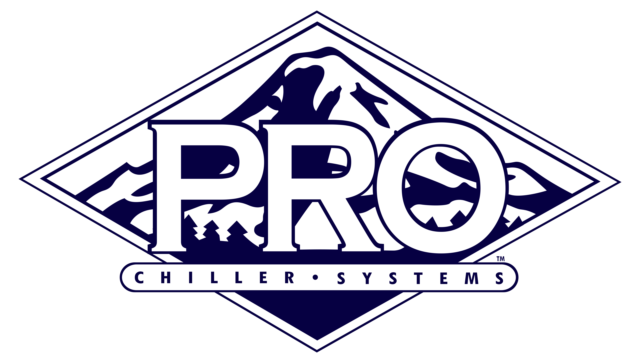“Big data” is completely transforming the way we do business and is influencing most other parts of our lives. Almost everything we do is leaving a digital trace (or data), which can be used and analyzed at different levels. The application of this big data has led to “digital disruption,” a fundamental shift for dairy businesses and our overall lives.
Extremely large datasets that may be analyzed computationally to reveal patterns, trends and associations are referred to as “big data.” You can see how access to such an immense level of information can lead to “digital disruption” – an effect that changes the fundamental expectations and behaviors in a culture, market, industry or process that is caused by, or expressed through, digital capabilities, channels or assets.
According to the chairman of the U.S. Department of Defense’s defense innovation advisory board, every two days we create as much data information as we did up to 2003. Business strategists have found many ways to use compiled data and digital traces, but many questions remain. What is our ability to make use of the ever-increasing volumes of data in animal agriculture? What kinds of information and decisions can we drive from it? How are we keeping the data safe and secure while making the best use for all involved in the value chain?
Dairy is generating significant amounts of what is considered “small data,” that involves more precise, bite-sized metrics from individual cow data and identification to activity, body condition scoring, milk yield, equipment functionality, even going as far as nutrient management. The small data can affect change in our day-to-day management of individual cows and groups. We’re able to make small tweaks for a large impact on production and cow longevity. However, when we aggregate the small data, the big data we create simultaneously takes a deeper dive and a step back to see the whole herd’s changes and industry trends over time.
For our teams and the services we provide, big data and digital disruption have driven substantial change. We have moved from creating individual, isolated solutions toward an integrated services approach, supported by a trained group of professionals dedicated to advancing customer support and advisory. This fundamental shift aligns with the industry’s future requirements: enabling better data analytics and advanced decision-making based on timed data, industry trends and functional analytics.
For the dairy industry as a whole, data that we can pull from milking equipment and herd management devices supports dairy’s track of good husbandry. We can demonstrate with incredible precision that the ever-improving sustainable dairy business is good for the cow, the environment, our communities and the economy.
In order to tell the full story, to use the data both for enhanced productivity and profitability and on the farm, and to demonstrate sustainability to the consumer, we must connect small data to big data across the dairy sector. This will help with the discussion around precision agriculture resources and how we can solve the cross-business, cross-industry applications.
However, it is critical for the complete value chain to have a strong, digital architecture from farm to cloud and back, therefore allowing and supporting a more informed decision-making process for all across the dairy industry. This is exactly where it is believed that the near-future opportunities and value will be found. All stakeholders need to have an inclusive perspective of the animal agriculture sector so that we can look ahead to additional data-driven opportunities, especially those at the start of the value chain.
Dairy farming’s evolution is indeed going in different directions, from consolidation strategies to the implementation of advanced technologies and everything in between. It is clear: All dairy producers need data savviness in order to cope with their daily challenges and long-term goals. We need a robust infrastructure that helps all those in support functions, understands new dairy business processes and delivers what is necessary for sustainable growth of the industry.
Given the assessment of the big data and digitalization opportunities, there are a few significant conclusions for our industry.
First, there is a unique opportunity with the integration of this changing digital environment into all aspects of the dairy industry and the business infrastructure.
Second, many parts of the industry have already engaged in some form or level of big data analysis. Still, we all need to understand the distinctions between modeling, analytics and application across the supply chain. Furthermore, we need to be the drivers for integration to provide solutions at the start of the supply chain, with farm and business sustainability always in mind.






